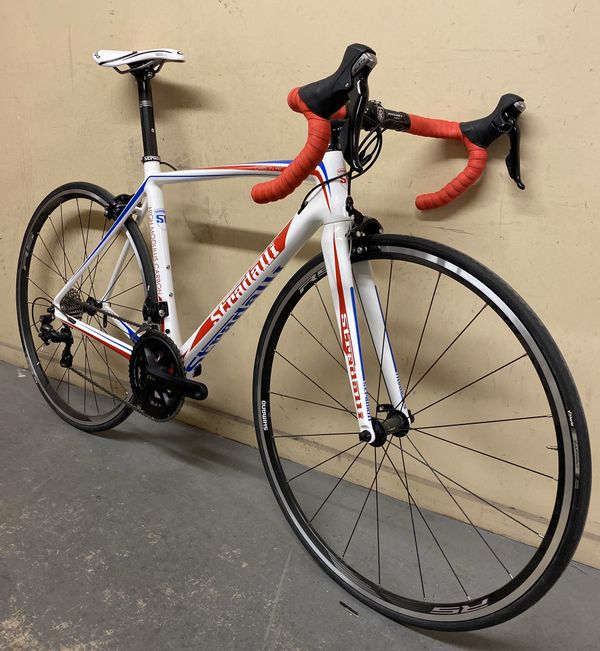

Manufacturers can now vary the shape of aluminum tubing throughout its length with hydroforming to achieve laterally stiff and vertically compliant ride characteristics. Over the last couple of decades, improved technology has narrowed the comfort gap between aluminum and carbon. Bike marketers love using the old “laterally stiff and vertically compliant” chestnut. This means a carbon frame can be comfortable over bumps and rough roads yet simultaneously efficient under pedaling. Carbon can be engineered to be stiff in certain directions and compliant in other directions. Ride quality has long been a claimed benefit of carbon frames. This made aluminum frames super-stiff - fine for racers, but too harsh for everyday riders. Aluminum is actually a fairly soft metal, so in the early days, builders used thick, oversized tubing for strength and durability. It was true 20 years ago, when aluminum frames were unrefined. However, this subjective thinking is a bit outdated. The conventional wisdom in cycling has been that aluminum is stiff and harsh, while carbon is compliant and smooth. Are Aluminum Bikes Harsh? Is Carbon More Comfortable? The bottom line : With the right components, aluminum frames can still be competitively light, but if you’re looking for no-holds-barred lightweight performance, carbon is unbeatable. Wheels make a huge difference in bike weight and how heavy it actually feels when riding. A carbon frame with low-end components can weigh the same or more than a nice aluminum frame with high-end parts.

Components are the other half of the equation. Of course, a frame only contributes to part of a bike's total weight. It is possible for a lower-modulus carbon frame to weigh more than a high-end aluminum frame. Lower-grade (or modulus) carbon has more fillers, which reduces cost but adds weight. Many major manufacturers now produce carbon road bikes that weigh less than 15 pounds complete, and cross-country mountain bikes weighing in around 20 pounds. Using high-modulus carbon and clever engineering, designers produce carbon bikes that are very strong, while being ludicrously light. Few materials can come close to carbon fiber's strength-to-weight ratio. However, a carbon frame will almost always be lighter than an aluminum equivalent. It’s possible to build very light and capable bikes out of either aluminum or carbon. Even if you’re not a “weight weenie,” a lighter bike can improve the riding experience.


 0 kommentar(er)
0 kommentar(er)
